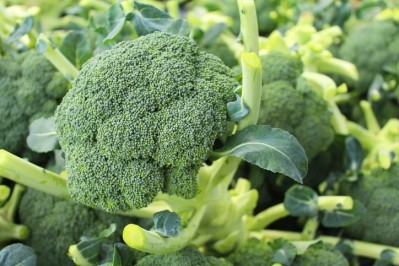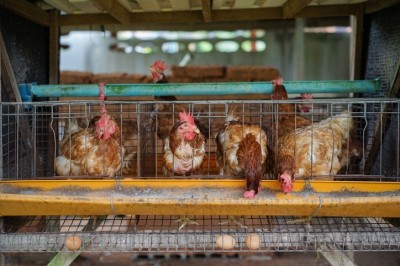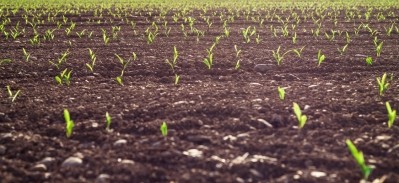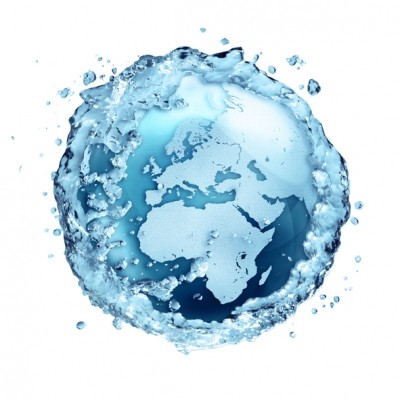Study shows feed efficiency gains in Canadian egg production over time
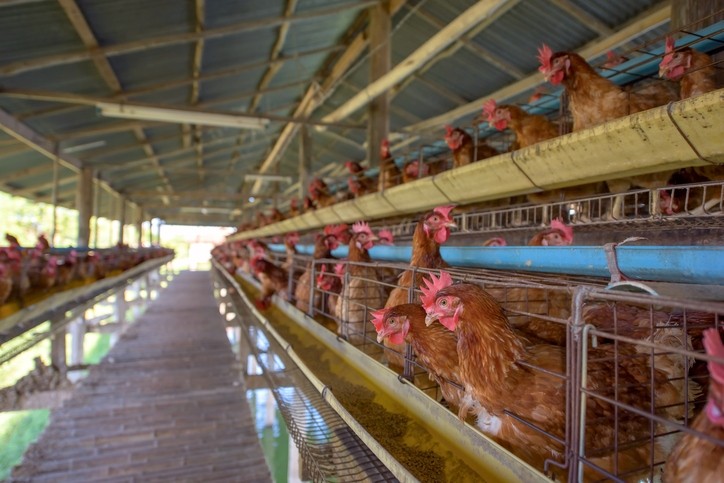
Nathan Pelletier, a researcher at the University of British Columbia, evaluated the difference in the environmental footprint for egg production in 1962 compared to 2012 in an effort to improve understanding of what sustainability means for the industry and to illustrate the progress that has been made.
“It’s often helpful to look at the past to see what’s changed over time,” he told FeedNavigator.
His study was published in the Journal of Cleaner Production.
He looked at production practices and the environmental footprint for acidifying, eutrophying and greenhouse gas (GHG) emissions along with energy, land and water use, and how they were influenced by the efficiency of fossil energy use, electricity production, fertilizer generation, feed input production and freight distribution.
The project built off an earlier paper designed to establish benchmarks for understanding sustainability metrics, explained Pelletier.
The researcher found that for conventional cage house systems in Canada, “cradle-to-farm-gate” environmental effects dropped by about a third from 1962 although total egg production volumes grew from 43.3m dozen to 65.7m dozen.
“Industry total life-cycle emissions for egg production were 41%, 51% and 57% lower for acidifying, eutrophying, and greenhouse gas emissions respectively. Energy, land and water use were 10%, 71% and 53% lower.”
Changes to feed composition, ingredients and feed conversion rates for pullet and egg production are often among the more important areas that alter over time, he told us.
“If you look at the amount of feed for a hen to produce a 1kg of eggs it’s about 2 kg of feed, and 50 years ago it was 3.5kg of feed,” he added.
Lifecycle thinking
Several animal production industries have done similar studies in the past few years, he said.
“Lifecycle thinking and related tools such as life cycle assessment (LCA) have been central to our evolving understanding of the current distribution of resource use, emissions, and sustainability impacts that are characteristic of contemporary food product supply chains,” said Pelletier.
The functional unit used in the study was one ton of eggs at the farm gate, he said.
Some production aspects were not considered including maintenance of infrastructure and machinery, irrigation water used or potential CO2 emissions from the use of agricultural land.
Feed gains
Overall, the average life cycle on farm to produce a ton of eggs saw a drop in both the inputs needed and outputs from 1962 when compared to 2012, said Pelletier. The only exceptions were average egg mass, which was higher in 1962, and the rate of laying, which was higher in 2012.
However, the number of pullets needed to generate a ton of eggs fell 43% by 2012, he said.
The amount of feed used fell by 35%, the amount of spent hens by 53%, the mass of manure generated by 35%, the bird mortality rate by 75% and excreted nitrogen and phosphorus dropped 28.9% and 38.4%, respectively.
“The production and use of feed is most often the most important determinant of a life cycle impact – with poultry and egg production that can [account for] up to 90% – it’s an obvious area of focus,” he told us. “When we look at feed, we can look at feed conversion efficiency, feed composition and different kinds of feed inputs.”
There was a reduction of acidifying, eutrophying and GHG emissions related to freight transport, said Pelletier.
Additionally, the environmental footprint of nitrogen, phosphorus and potassium fertilizers has improved, other than for supply chain energy use.
He said feed composition plays a role in the sector’s sustainability because of how many inputs and what emissions were released in the process of generating those ingredients.
In the last 50 years, there also has been an improvement in the production of feed inputs and feed crops.
“We’ve almost doubled the yield of corn produced per hector and reduced per ton of corn the amount of nitrogen fertilizers required,” he said. “Producing and using nitrogen-based fertilizers is one of the most intensive [parts].”
Stemming from improvements in the feed input supply chain and the composition of feeds, the environmental footprint of both pullet and layers feeds dropped in 2012 – except for supply chain energy use for pullet feeds, he said. The largest change was for layer feeds, which had about 38% of the effect levels of feeds generated in 1962, while those for pullets were about 69%.
As more producers have moved to the use of diets with smaller amounts of animal by-products that has helped improve the environmental footprint of the feed used, said Pelletier.
The industry wants to make or use recycled ingredients like animal by-products, he said, adding. “There are system costs from using them – we try to recognize those flows and associated impacts in as realistic a method as possible.”
As the role of feed and feed ingredients and the environmental costs of using them are better understood it brings the sector closer to being able to formulate feeds in a more sustainable manner, he said.
“We can begin to think about formulating feeds, which we historically approached in terms of meeting nutritional requirements and [using] least cost [ingredients], and now sourcing on a least cost [formulation] to develop a sustainable feed,” he said. “That will enable formulating for cost, nutritional requirements and sustainability.”
Additionally, pullet production saw a reduction in resource use and emissions, said Pelletier. The drop in the environmental footprint of egg production was higher than for pullets.
“The lessons of the past 50 years are indicative of the scale of change that is possible,” he said in the study. “The current challenge is to develop and implement a shared vision and strategy towards enabling the sustainable egg industry of the future.”
Ongoing industry change
During the previous 50 years one of the production system changes has been moving layers to cages and feeding birds correctly for that process, however, that practice is now being phased out as producers return to systems giving birds the opportunity for more movement, said Pelletier.
“There’s going to be a learning curve and a technology learning curve,” he said.
Genetic changes will need to be made to ensure that birds do well in such systems.
“On average birds in cages perform a little better than those in free run houses, but it’s not large difference and there is a lot of variability,” he said. “The degree of variability in cage houses is smaller than what we saw in free run – I think we’ll see that for a while as farmers who have been producing in cages for 10-30 years [change systems] – they’ll have to learn how. We’ll see some people who do quite well from the outset and some who perform more poorly than they did – as we begin to understand best practices and when we get the genetics right that variability will decrease.”
Source: Journal of Cleaner Production
DOI: doi.org/10.1016/j.jclepro.2017.11.212
Title: Changes in the life cycle environmental footprint of egg production in Canada from 1962 to 2012
Authors: N. Pelletier
